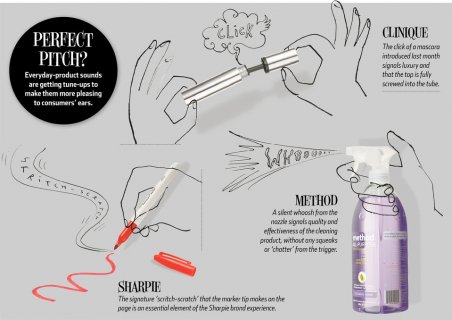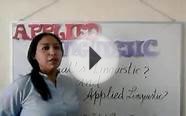
Product semantics theory
I have a book on my shelf – one that I cherish from my days at Berkeley – called “Women, Fire and Dangerous Things.” It’s about semantics, categorization, and classical versus modern theories of such. As the first chapter explains, the title is not just based on a tongue in cheek reference to women being hot-tempered and maybe a bit volatile, but on semantic groupings uncovered in an aboriginal language (where literally those words are part of the same linguistic groups.)
Blah, blah, blah. Lingustics nerdiness aside. It got me thinking about how we name products and how they relate to our brands. The chapter talks about how we automatically categorize things in our brains all day long and how natural it is for us. Of course, when we think of trees, we consider certain concrete concepts and put the items that have those concepts in common together. But then, if we are constantly categorizing, we must consider the abstract – why do blue, sadness, clouds, and that toy you never got for Christmas have something in common? Why do brown boxes on the porch, the first ray of sunshine, a book from the library, and a newborn share a certain emotional category? Why does it make sense to me that my desk is covered in old Life magazine covers, flowers from my sister’s wedding, a high school graduation picture, and a certain ladybug lamp? Our brains are utterly complicated – so ingrained with experience and emotion – that categorization is more than a second grade worksheet.
And if we turn that all on its head, and look at it upside down, we come to the pure fun that comes from branding! {seriously, it is fun. I promise.} When you put together package names, consider more than the simplest of categories. Consider your brand – its emotional appeal, the customers’ experiences, the background and birth of the company.
You might also like



|
Principals of Programming Language Mobile Application (Ashish Kumar)
|





